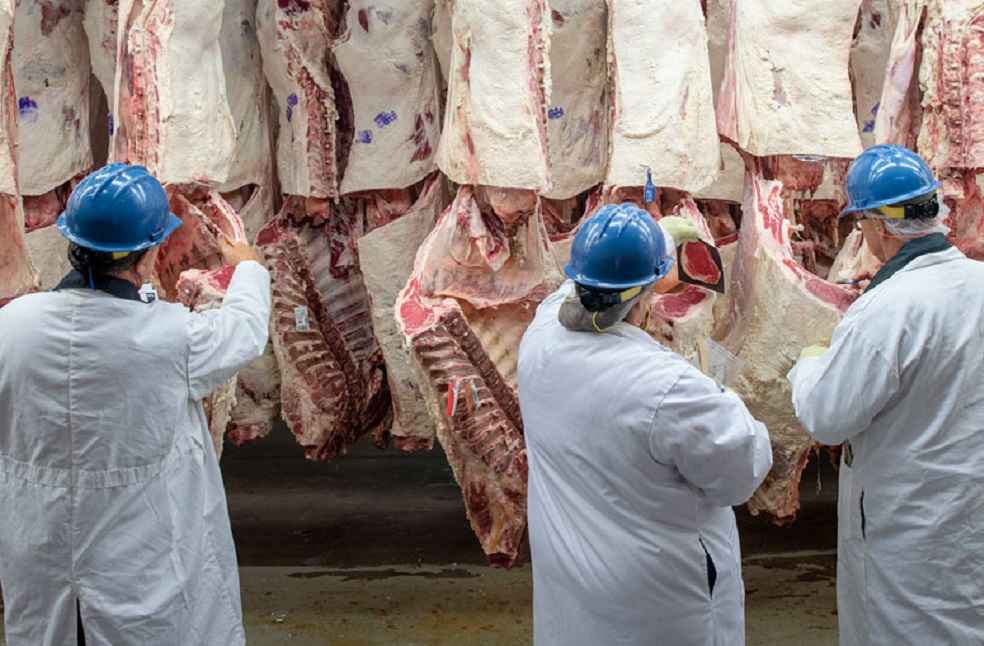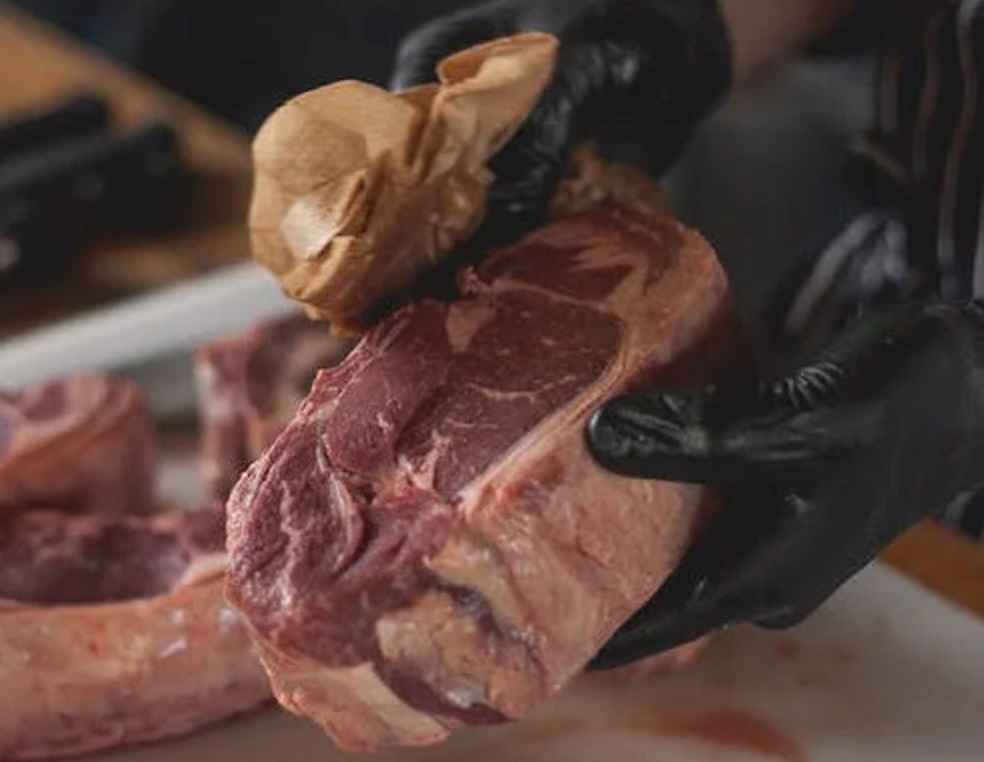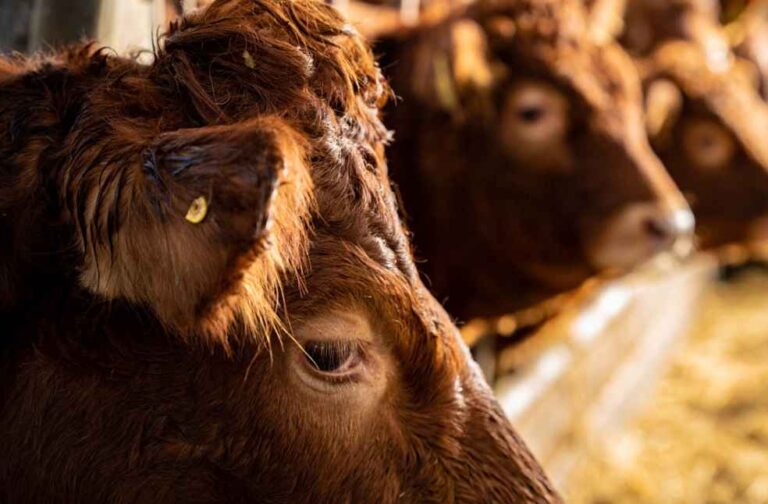Rabobank’s latest Q4 Global Beef Quarterly report presents a comprehensive analysis of current trends in the global beef industry, with a special focus on Australian beef. Despite a general decline in worldwide beef production, nations in the southern hemisphere, especially Australia and Brazil, are seeing a hike in production volumes. Yet, these upticks are insufficient to counterbalance the production drops in Europe and the United States.
Predictions for 2023 suggest a one percent decline in worldwide beef production, with 2024 expected to follow a similar trend. In the United States, strong consumer demand continues, albeit with signs of weakening, coupled with diminished cattle and beef supplies. Asia faces the opposite scenario, contending with low demand and surplus inventory.
Price dynamics vary by region. North American cattle prices are set to remain elevated, contrasting with softer prices in the southern hemisphere. Australian cattle prices have plummeted by 28% since June. New Zealand and Brazil also report price reductions, albeit to a lesser extent. Stability characterizes US cattle prices, while Canada reports a three percent hike.

Looking ahead to 2024, the report speculates that a sluggish global economic recovery will dampen beef spending. Post-COVID-19, many Asian markets didn’t see the surge in consumption expected, reflecting heightened consumer prudence. This trend is likely to persist into 2024. The shifting focus in China reveals a preference for value-oriented products over premium options. Initial support for cautious consumer trends may come from decreased North American beef volumes and increased Australian and South American supplies. Yet, a significant contraction in US production could elevate global beef prices, potentially triggering consumer resistance and pressuring beef supply chain margins.
Regarding the Middle East conflict, its effect on the beef trade seems negligible. Israel and the Palestinian territories, accounting for about one percent of global beef imports, are unlikely to significantly impact the market. Even a conflict expansion across the Middle East and North Africa would have a limited effect, given this region’s eight percent share in global beef imports. The potential exists for indirect impacts, like fuel and energy cost increases, to influence the market.

Focusing on Australia, Rabobank’s senior animal proteins analyst, Angus Gidley-Baird, indicates a market recovery. Challenges like increased cattle volumes, supply chain congestion, limited processing capacity, and poor seasonal condition forecasts have affected the market. Yet, there’s a sense of stabilization as producers gain clarity on stock numbers. Australian processing numbers might see an uptick, with slaughter numbers expected to increase in early 2024.
IMEX SECTOR | Canada Curbs Illegal Trade: Elephants, Rhinos Gain Global Protection



